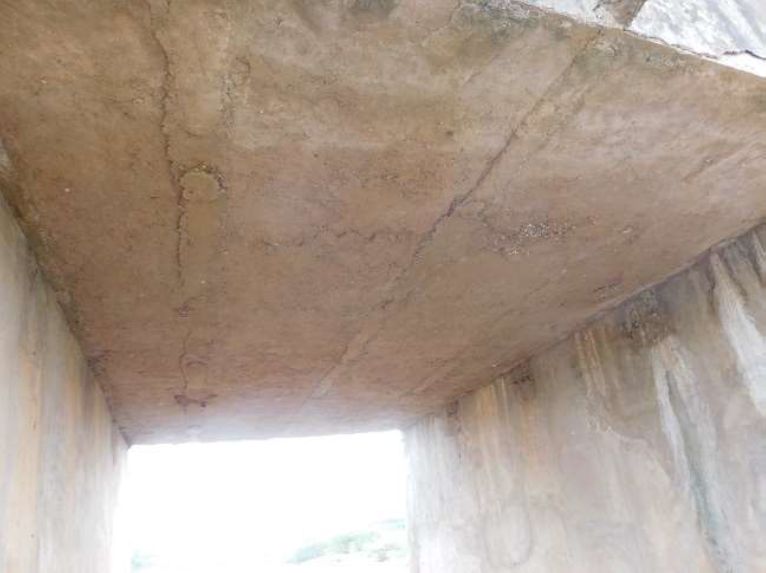
Methods of Concrete Crack Repair: Which One Is Right for Your Structure?
Cracks in concrete are inevitable. Whether caused by shrinkage, thermal movement, structural overload, or environmental exposure, cracks are a natural part of a concrete structure’s lifecycle. But not all cracks are created equal — and not all require the same repair strategy. Choosing the right method depends on the crack’s type, width, depth, location, and underlying cause.
In reinforced concrete (RCC) structures, cracks can compromise aesthetics, durability, and even structural integrity. A poorly chosen repair method may mask symptoms without addressing the root cause, leading to repeat damage and higher costs. This blog explores the most effective crack repair techniques and how to select the right one for your structure.
Here are the most widely adopted techniques:
- Epoxy Injection: Ideal for restoring structural integrity in load-bearing cracks.
- Routing & Sealing: Cost-effective for non-structural surface cracks to prevent water ingress.
- Stitching with Steel Staples: Effective for large or widening cracks in beams and slabs.
- Polyurethane Foam Injection: Flexible solution for sealing water-bearing cracks.
- Gravity-Fed Resin Systems: Suitable for horizontal slabs and pavements.
Emerging technologies are also shaping the future:
- Self-Healing Concrete: Uses bacteria or capsules to seal cracks automatically.
- Nanotechnology-Based Sealants: Enhance durability and resistance to aggressive chemicals.
Choosing the Right Method: A Decision Framework
To select the appropriate repair technique, consider:
- Crack width and depth: Wider or deeper cracks may need injection or stitching.
- Location and exposure: Wet environments require waterproofing solutions.
- Structural role: Load-bearing members need strength-restoring methods.
- Movement potential: Active cracks need flexible sealants or reinforcement.
- Aesthetic requirements: Visible surfaces may require concealed or cosmetic repairs.
A professional structural assessment is essential. Engineers should document crack patterns, analyze causes, and design a tailored repair strategy.
Concrete cracks may be inevitable, but they’re manageable — if addressed correctly. The right repair method depends on a thorough understanding of the crack’s nature and the structure’s needs. Whether it’s epoxy injection for structural integrity or polyurethane foam for waterproofing, each technique has its place. With emerging technologies and smart diagnostics, crack repair is becoming more precise, durable, and cost-effective. For engineers and asset owners, the goal is clear: repair with purpose, not just patch with hope.


